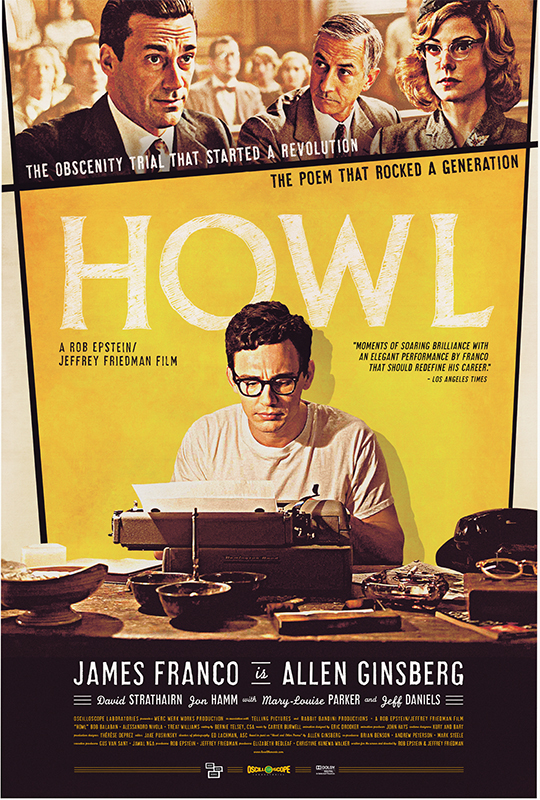Democracia de consumo
10/11/2014 02h00
Uma nova ideologia toma conta do mundo. Camuflada na ordem política, econômica e social, sua proposta coloca em risco boa parte das instituições modernas.
Ela é a transformação do cidadão em consumidor. Parece questão semântica, mas na verdade reflete uma mudança radical, mais discreta do que a tradicional divisão entre "direita" e "esquerda".
A sociedade contemporânea foi transformada em um grande mercado. Políticas econômicas enfatizam o consumo, tratando a população como massa desprovida de ideais, capaz de interagir apenas através da compra. A mudança é tão abrangente que alguns propõem a educação de direitos do consumidor nos currículos escolares. Não tardará para que sugiram a substituição da declaração dos direitos do homem pelo código do consumidor.
(In)felizmente não se pode resolver a saúde pública ou a estagnação econômica através de compras, buscas no Google, verbetes na Wikipédia ou consultas ao fórum público do Facebook. É preciso tomar atitudes complexas,
muitas vezes amargas, com resultados duros a curto prazo. Nenhum consumidor gosta disso.
Não é por mau caráter, mas por apatia. Ninguém vê problemas em escolher o produto mais sustentável, desde que não custe mais caro, venha de um fabricante confiável, seja aprovado pelo grupo, não requeira esforço para
comprar ou usar e funcione pelo menos tão bem quanto o convencional. Ou seja, desde que se possa transferir a responsabilidade pela decisão. Ao focar no interesse imediato de um consumidor apático, a sociedade
privilegia o conforto a curto prazo à custa de um futuro incerto. E o mundo não melhora.
O que se vê nas redes sociais desde 2013 é a reação a uma administração pública tomada pelo marketing, em que partidos tentam vender políticas como pacotes, baseadas em pesquisas de mercado e acompanhadas de uma publicidade assertiva e agressiva. No palanque do Twitter, a satisfação está garantida em 140 caracteres ou menos.
Boa parte da culpa desse comportamento está na Publicidade, uma indústria perniciosa, onisciente, onipresente e em busca da onipotência. Há tantos anúncios que é praticamente impossível escapar deles. Em suas mensagens, formas variadas de vender, sorrateiramente, coisas de que ninguém precisa, em vez de buscar descobrir o que é necessário para estimular verdadeiras mudanças de comportamento.
A publicidade arrogante, malandra e paternalista desdenha a sociedade, desrespeita diferenças e insulta a inteligência de seus interlocutores, para não mencionar sua privacidade ou individualidade. Já dizia o Filósofo Mick Jagger, "estou dirigindo meu carro quando aparece um homem no rádio com informações inúteis que deveriam estimular minha imaginação. Não me satisfaço, por mais que tente".
A Guerra Fria acabou faz tempo, ninguém imagina o retorno de ideologias totalitárias que forcem a decisão do indivíduo. Mas é preciso buscar uma versão melhor, mais virtuosa do capitalismo.
Os valores de consumo são anacrônicos no mundo conectado. Novas tecnologias trazem novas moedas e novos padrões de comportamento e pensamento. A configuração padrão do mundo digital é participar, não
receber. Colaboração, compartilhamento e produção descentralizada são as novas formas de propriedade, contestando a noção de "consumidor".
A Kodak faliu por acreditar que o marketing era mais importante do que a pesquisa, mas poucos parecem ter aprendido a lição. Empresas precisam relembrar as razões por que surgiram, normalmente para suprir necessidades do seu público, não de seus acionistas, e criar decisões de gestão compartilhada. Partidos políticos precisam respeitar o julgamento, a inteligência e a capacidade da população de participar de projetos compartilhados, em vez de receber, passivamente, pacotes fechados.
É preciso resgatar a cidadania das armadilhas do consumeirismo. Quebrar a ideia de mundo amoral, desmoralizado, que se faz da sociedade contemporânea. Isso demanda maturidade, representada em um pequeno desconforto na busca de um futuro melhor, e não o contrário.
por Luli Radfahrer é professor-doutor de Comunicação Digital da ECA (Escola de Comunicações e Artes) da USP há 19 anos. Trabalha com internet desde 1994 e já foi diretor de algumas das maiores agências de publicidade do país. Hoje é consultor em inovação digital, com clientes no Brasil, EUA, Europa e Oriente Médio. Autor do livro 'Enciclopédia da Nuvem', em que analisa 550 ferramentas e serviços digitais para empresas. Mantém o blog www.luli.com.br, em que discute e analisa as principais tendências da tecnologia. Escreve às segundas no site de 'Tec'.









